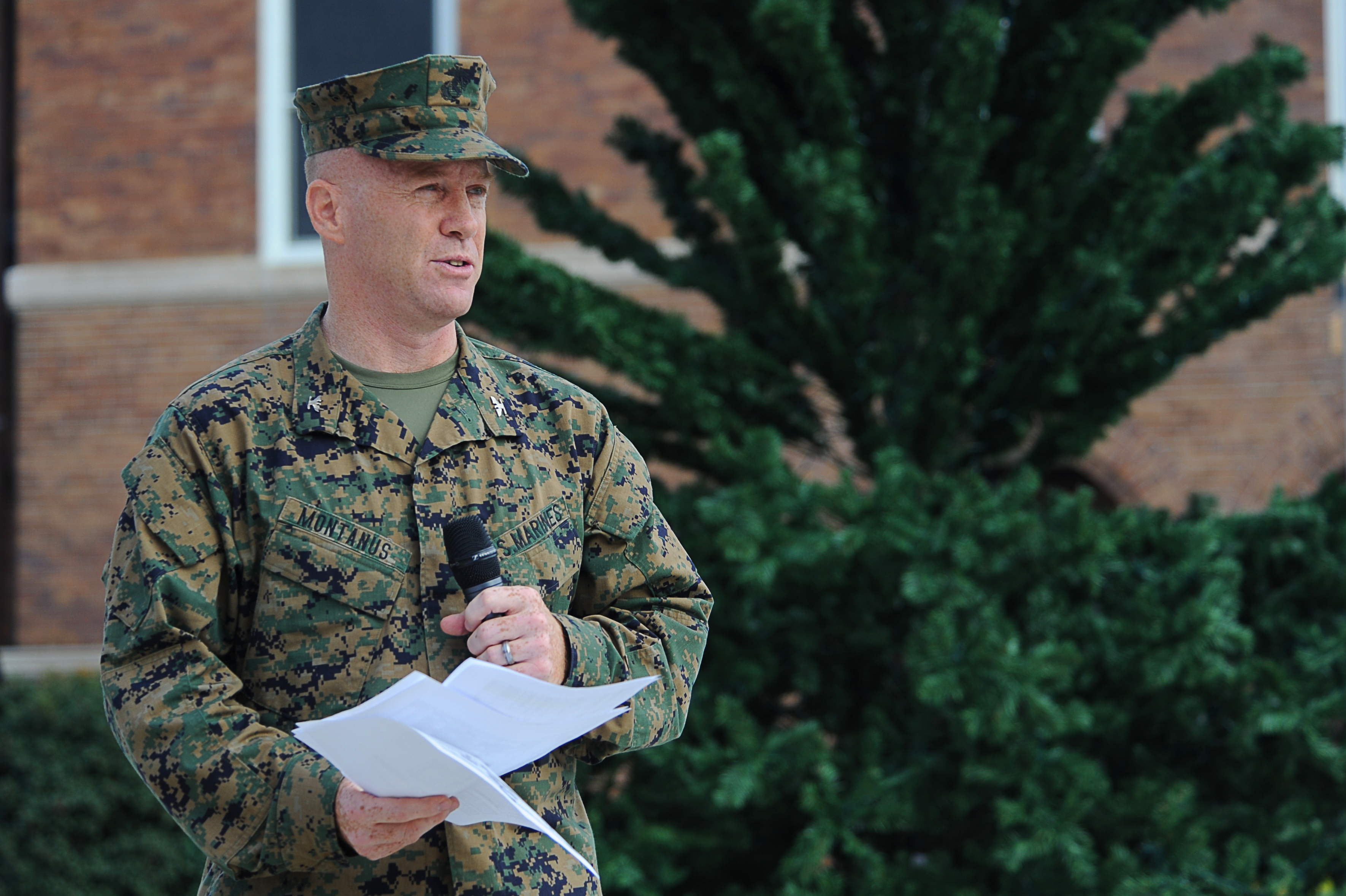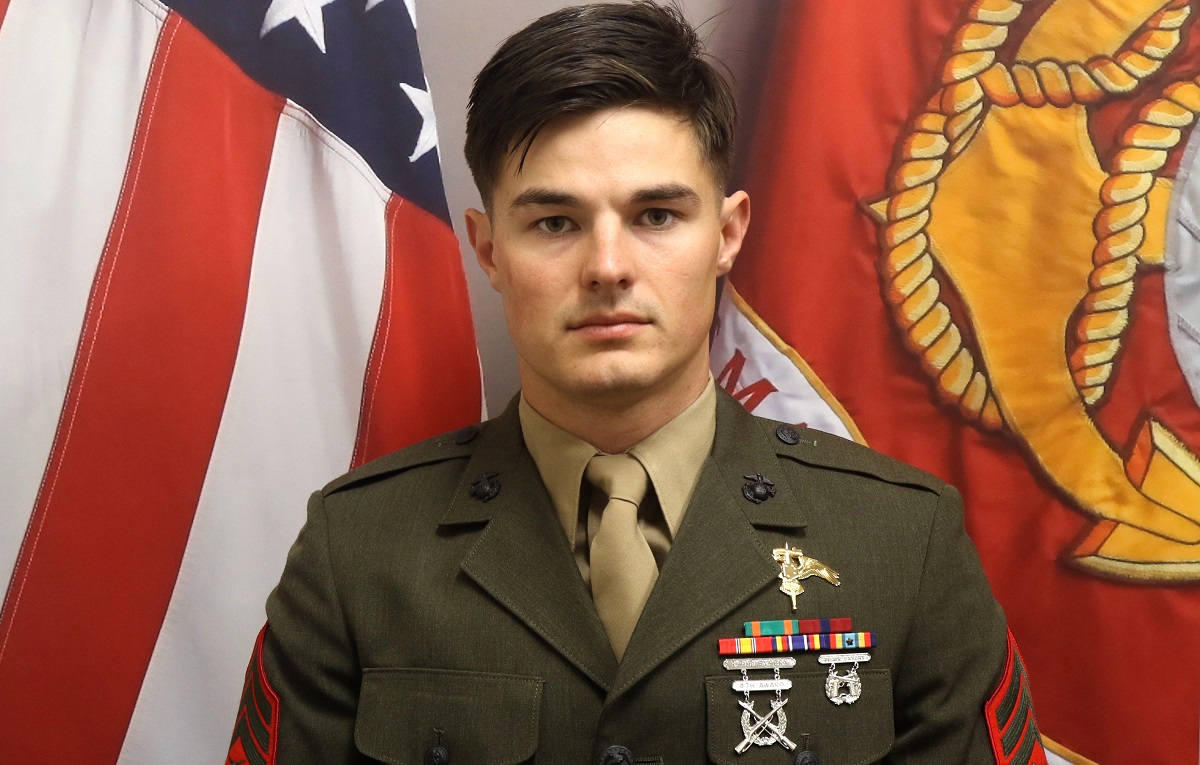Marsoc Selection Rate - Marine Corps Special Operations Command (MARSOC) is the Marine Corps Special Operations component of the United States Special Operations Community.
The organization consists of the Marine Assault Regiment, the Marine Assault Support Group, and the Marine Assault Training Center.
Marsoc Selection Rate

MARSOC was activated on February 24, 2006 as a contribution to the US Marine Corps Special Operations Command (SOCOM). The history of MARSOC's creation is filled with all the pride and stubbornness that characterized the Marine Corps from its inception.
Watch Marine Raider (marsoc) Advanced Sniper Training
Although formed in the early 2000s, MARSOC has a rich lineage dating back to World War II, with the Alamo Scouts and Marine Raiders conducting special operations against Imperial Japanese forces in the Pacific theatre.
In 1980, when other branches of the US military began creating their own special operations forces after Operation Claw of the Eagle, a failed attempt to rescue American hostages from Tehran, Iran, the Marine Corps refused to follow suit.
Because the sea is special, there is no need to create a special operations unit. Of course, there are commando units in the Marine Corps, such as Marine Reconnaissance and Force Reconnaissance, but they are used for more limited purposes and are primarily special infantry rather than special operators.
U.S. Marine 3rd Battalion, 5th Regiment and Afghan National Army guard as they exit the danger zone after receiving enemy sniper fire during a security patrol in Sangin, Afghanistan, November 2010 (USMC).
Safariland 6004 536 551 Fde 1911 Surefire 6v Marsoc Meu (right Hand)
But the terrorist attacks of September 11, 2001 changed everything. The Department of Defense quickly learned that this was low-intensity warfare suitable for special operations forces. As a result, the US military will need as many special operators as possible. And this time every branch will participate.
In the final months of 2002, the Marine Corps finally caved in under pressure from Secretary of Defense Donald Rumsfeld, a major proponent of special operations. They created the Marine Corps Special Operations Command Detachment (Det One) as a pilot unit to determine whether the branch should have a special special operations organization and whether it could be integrated into SOCOM.
The Marine Corps may have only allowed Det One to stop proceedings and prevent SOCOM from taking over the Marines, but Det One went to Iraq shortly after the 2003 invasion and quickly made a name for itself. As a result, the Marine Corps created MARSOC.

According to retired Marine Corps Major Fred Galvin, MARSOC started with a unique organizational structure and capabilities unlike any other US military special operations unit. Army Special Operations Command (USASOC) and Naval Special Operations Command (NSW) are not similar in capabilities and structure. Certainly, a team from the Navy and special operators from several units, including Delta Force, helped MARSOC get up.
Joining Marsoc: Faq
“They are a Task Force organization with 45 Marines and Corps direct operations and special reconnaissance platoons, 42 Corps and Marines security platoons, and a headquarters platoon with full reconnaissance capabilities,” Galvin told the News.
These direct operations, special reconnaissance, and infantry security capabilities give MARSOC a very robust structure that even Tier 1 special operations units lack. For example, Delta Force squadrons rely on ranger platoons to surround objects and secure them; Likewise, the Naval Special Warfare Development Group, formerly known as SEAL Team 6, will rely on the Rangers as its strike force to provide mission security. But because MARSOC achieves both within the organization, it resists the need to outsource those capabilities.
Galvin is the author of the nonfiction book A Few Bad Men, about the first Marine Special Ops deployment in Afghanistan and how they survived attacks from all sides. This is an inspirational story for anyone looking to tackle the impossible and optimize their performance.
As the organization continues to grow and the global war on terror continues, the 3rd Marine Special Operations Battalion is activated. MARSOC continues to become more capable, adding to joint logistics and warfare capabilities.
Marine Raiders Keep Low Profile Among U.s. Special Operations
In 2008, MARSOC disposed of the Maritime Security Force (which I think reduces organic capacity), and on the plus side, MARSOC listened to Fox's initial deployment and added a large logistical and administrative staff which gave it a tremendous advantage. "The special operations elements of the Navy support themselves and allow them to focus on their goals," Galvin told the News.
“In addition, MARSOC will take recommendations from our initial MARSOC deployment to enhance MARSOC's organic intelligence and communications capabilities, as well as their capabilities through integration, training, and communications with other Joint Special Operations Forces, conventional forces, and space forces. joint special operations training to expand cyber, electronic warfare, psychological operations, and civil affairs organizations that MARSOC did not have before," added Galvin.
As a result, MARSOC today has a better and more diverse warfare capability, with more assets across the warfighting spectrum to better support Marine attackers on the ground.

To become a Marine, you must first join the Marine Corps. Unlike other branches which allow people from the street to join special operations units, the Marine Corps requires service in a regular Marine unit before applying to MARSOC.
What It Takes To Be In 16 Of America's Elite Military Forces
Marines can serve in two operational roles at MARSOC: Special Operations Officer (SOO), Sea Assault Officer, Critical Skills Operator (CSO), and Sea Assault Officer. Requirements change depending on which path you choose. MARSOC maintains a direct support and logistics position.
This is only a MARSOC entry requirement and does not guarantee that you will become a Marine. Actually meeting these requirements is the easy part. Further success determined who would become one of the few Mariners.
Once a Marine has secured a spot, the real selection begins. The path to becoming a Marine is divided into two parts. Assessment and Selection (A&S) and Individual Training Courses (ITC).
North Carolina's triannual Assessment and Selection is divided into two phases.
The Marine Who Couldn't Stop Serving
Phase One lasts three weeks and pushes candidates to their physical and mental limits to eliminate those who are physically unfit or mentally uncommitted. Candidates will be evaluated based on the following criteria.
The second phase of assessment and selection pushes candidates to their absolute limits physically, mentally and emotionally while assessing their teamwork skills. During this phase, Marine Raider personnel will determine whether the candidate's attributes are consistent with the MARSOC mission and esprit de corps.
"Marsoc A&S is a challenge for a lot of people because candidates are not sure what will happen next on the schedule, how they will be evaluated, what the standard of performance will be, if they get injured and whether they will survive the rest of A&S... Cadre Instructors are very professional, is a meticulous person, and leaves a mystery in the candidate's mind as to how much endurance the candidate has and how simply and easily Cadre explains the next task,” said Galvin.

Historically, Assessment and Selection has reached 46 percent. Those who pass both stages will receive one-on-one training.
Sgt Brady \
“MARSOC is looking for mature, responsible and ethical leaders with competent and strategic problem solving skills. The ideal candidate will be able to anticipate and solve challenges before they impact the mission,” added Galvin.
A seven month self-paced training course divided into four phases designed to train individuals with the physical, mental and intellectual attributes necessary to become a Marine. The stages are meant to build on one another as the course progresses.
Phase One covers basic field skills such as survival, evasion, countermeasures, and escape (SERE) and tactical combat victim care (TCCC). Candidate has basic communication skills.
Phase two focuses on tactical skills. Candidates discuss mission planning, patrolling, fire support training, small boat operations, scout swimming, and heavy infantry weapons. Candidates also have photographs and intelligence collections. Two exercises, Operation Raider Spirit and Operation Stingray Fury, assessed the candidate's small unit and patrol tactics, as well as urban and rural reconnaissance skills.
Marine Raider Loadout: Gear List And Total Costs
Phase Three teaches melee combat, shooting, urban warfare, and destruction. Candidates will spend several hours on gun and drill procedures. This phase culminates in Operation Guile Strike, a simulated direct action mission against urban and rural targets.
The fourth phase is when the candidates learn the black arts of irregular warfare through a real-life exercise called the "Derna Bridge". Like "Robin Sage," the Army Special Forces cadet's final exercise, Derna Bridge, involves candidates working with a fictional partner for several weeks and completing increasingly difficult missions.
“A&S is difficult for many people because each student has put a lot of time and effort into preparation, and elimination of notorious candidates can easily discourage other candidates, especially their A&S classmates,” added Galvin.

During the one-on-one training, the candidates continue to improve their knowledge
Marsoc Marine Raiders
Assessment and selection marsoc, iui gender selection success rate, marsoc dropout rate, marsoc officer selection, marsoc foundation, marsoc selection, marsoc raiders, marsoc recruiting, success rate of gender selection, gender selection success rate, marsoc, navy ocs selection rate
0 Comments